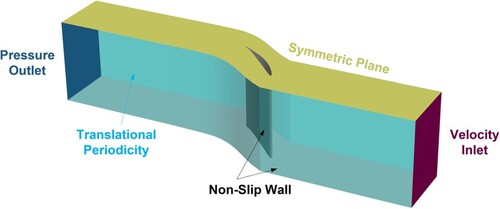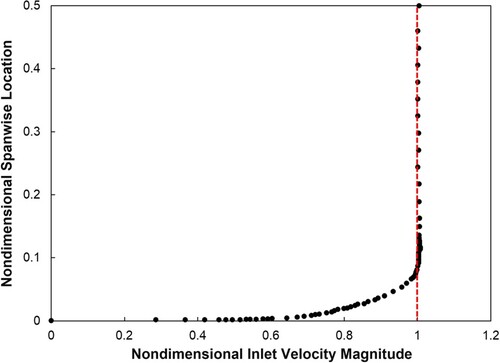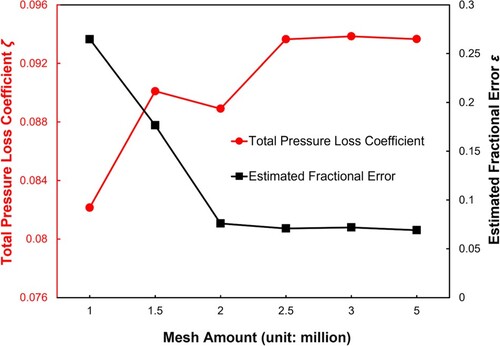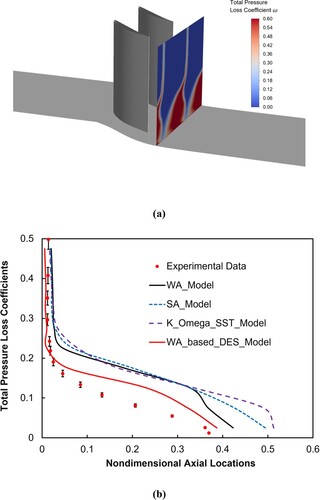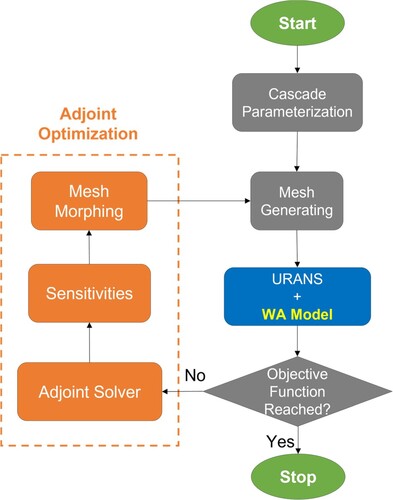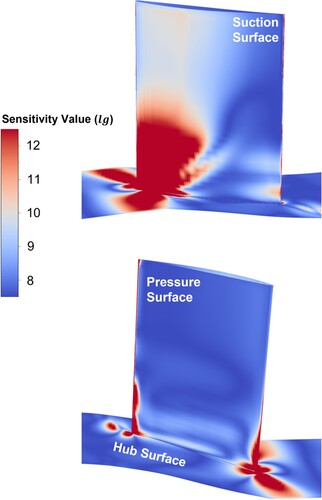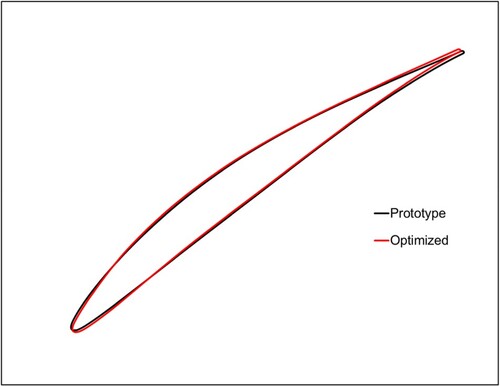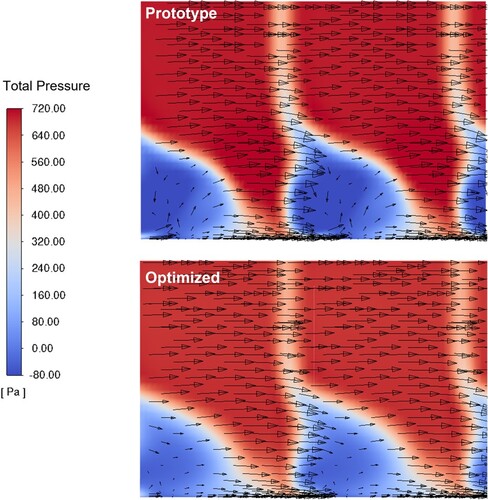Figures & data
Table 1. Constants used in WA turbulence model.
Table 2. Key parameters of compressor cascade.
Figure 4. Mesh generated inside the compressor cascade passage (2.5 Million): (a) 3D passage mesh, (b) 2D cascade mesh.
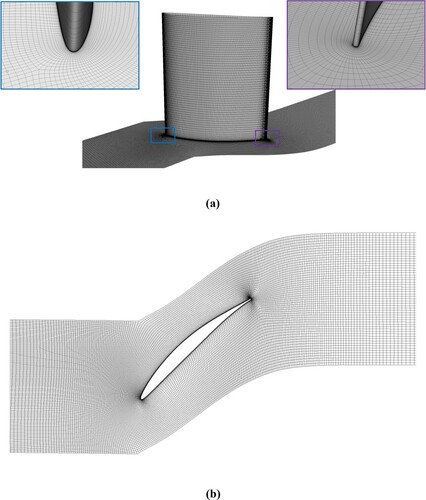
Figure 5. Near-wall static pressure coefficients at two different span-wise stations at incidence angle of 0 degree at (a) 5.4% span-wise station, and (b) 50% span-wise station (mid-span).
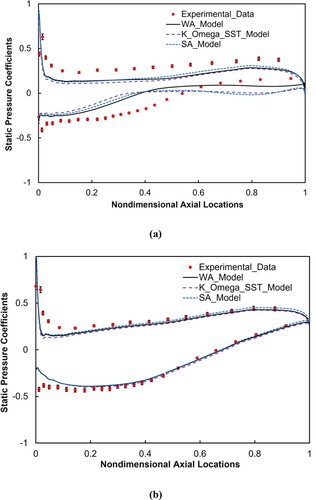
Figure 6. Total pressure loss coefficients downstream of compressor cascade at incidence angle of 0 degree: (a) contours of total pressure loss coefficient downstream of compressor cascade, and (b) span-wise distributions of circumferentially averaged total pressure loss coefficients.

Figure 7. Near-wall static pressure coefficients at two different span-wise sections at incidence angle of 2 degrees at (a) 5.4% span-wise section, and (b) 50% span-wise section.

Figure 8. Total pressure loss coefficients downstream of compressor cascade at incidence angle of 2 degrees: (a) contours of total pressure loss coefficient downstream of cascade, and (b) span-wise distributions of circumferentially averaged total pressure loss coefficients.

Figure 9. Near-wall pressure coefficients at four different span-wise sections at incidence angle of 4 degree at (a) 1.4% span-wise section, (b) 5.4% span-wise section, (c) 16.2% span-wise section, and (d) 50% span-wise section coefficients.


